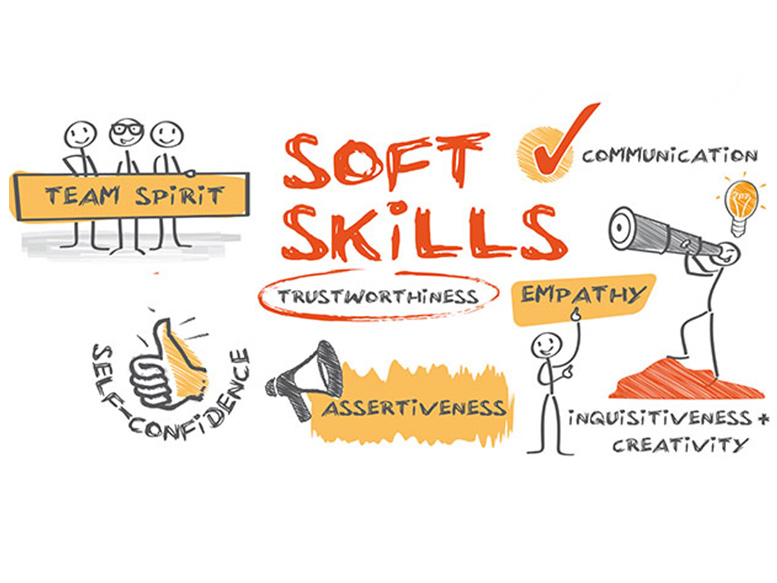We all know that change is inevitable. Yet that doesn’t necessarily make it any easier. Especially for leaders who have to adapt to the change themselves as well as bring their teams and organizations along. Hopefully, as willing fellow travelers.
As I speak with various leaders for my Let’s TAWK Leadership podcast series, I’m always interested to learn how they approach leading through change. Their comments tend to fall into three categories: communication, connection, and gaining commitment, as outlined below.
Communication
The importance of communicating frequently and honestly probably comes up in every conversation I have about leadership. Whether it’s about achieving goals, developing people, motivating teams, whatever. So, it’s no surprise that it’s a common theme when it comes to leading through change.
- Create the big picture and bring people along for the journey.
- The “why” is so important for everyone – individuals and organizations.
- Practice compassionate truth telling.
- Listen – two-way communication is a must.
- Be as transparent as possible – share what you know.
- Give people time to ask questions.
Connection
This is about human connections as the team goes through the change, and about making a connection between the change and benefits to be derived from it. It also includes giving team members the opportunity to connect with you, their leader.
- Make a connection to the organization’s goals or values.
- The human factor/connection is key to making a smooth transition.
- Help the team understand your shared purpose and shared vision.
- Teams need to feel more connected now than ever. Even 15-minute huddles can make all the difference for that connection.
- Leaders need to be as accessible as anyone – keep the door open.
Demonstrate and gain commitment
It’s okay to admit that change is hard. Demonstrate, however, that you are committed to adapting to the change and ask for their support in doing so.
- Co-create a plan to implement the change.
- People are more likely to commit to a change when their voice has been heard.
- Vulnerability is key in order to evolve. Be vulnerable.
- Embracing change is a must for continuous growth.
- Leadership is a very dynamic process, and you have to meet the team members where they are. You have to adapt and adjust.
And once the change is implemented, don’t forget to celebrate success and thank your team!
Listen to more wisdom from leaders by tuning into my Let’s TAWK Leadership podcast series.
Few things are more important during a change event than communication from leaders who can paint a clear and confidence-inspiring vision of the future. – Sarah Clayton
Till next time. Keep it real.
Karen









